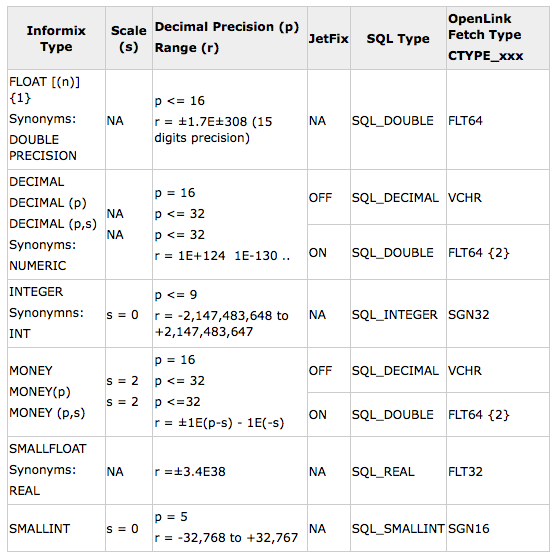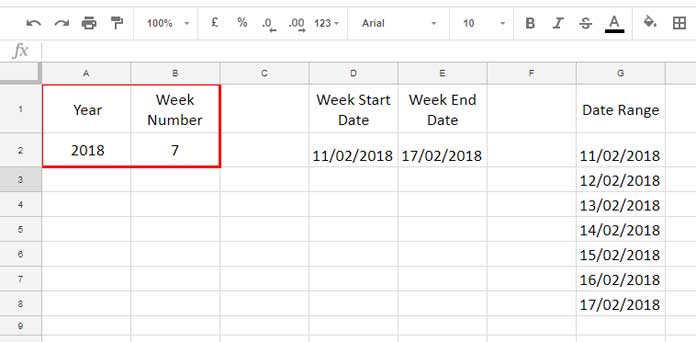
Interval Difference : The difference between each interval on a numerical data scale are equal.When computing the CGPA of a student, for instance, a 4.495623 CGPA is rounded up to 4.50. However, if it is not precise, the data is estimated. In a case whereby the numerical data is precise, it may be enumerated. Estimation & Enumeration: Numerical data can both be estimated and enumerated.True to its quantitative character, almost all statistical analysis is applicable when analyzing numerical data. Arithmetic Operation: One can perform arithmetic operations like addition and subtraction on numerical data.Unlike categorical data which takes quantitative values with qualitative characteristics, numerical data exhibits quantitative features. Quantitativeness: Numerical data is sometimes called quantitative data due to its quantitative nature.Continuous data is then further broken down into interval and ratio data. Categories: There are two main categories of numerical data, namely discrete and continuous data.General Characteristics/Features of Numerical Data The presence of zero-point accommodates the measurement of 0 Kelvin.Ĭollect Numerical Data with Formplus Questionnaire For ratio data, the temperature may not only be measured in degrees Celsius and degrees Fahrenheit, but also in Kelvin. In other words, ratio data is interval data with zero points. Ratio data is a continuous data type similar to interval data but has a zero point. This temperature does not have a zero point. Interval data takes numerical values that can only take the addition and subtraction operations.įor example, the temperature of a body measured in degrees Celsius or degrees Fahrenheit is regarded as interval data. This is a data type measured along a scale, in which each point is placed at an equal distance from one another. In this case, the continuous data is regarded as being uncountably finite.Ĭontinuous data may be subdivided into two types, namely Interval & Ratio Data. For example, the Cumulative Grade Point Average (CGPA) in a 5 point grading system defines first-class students as those whose CGPA falls under 4.50 – 5.00, second class upper as 3.50 – 4.49, second class lower as 2.50 – 3.49, third class as 1.5 – 2.49, pass as 1.00 – 1.49 and fail as 0.00 – 0.99.Ī student may score a point 4.495, 2.125, 3.5 or any possible number from 0 to 5.


This is a type of numerical data which represents measurements-their values are described as intervals on a real number line, rather than take counting numbers. Whether finite or infinite, discrete data take on counting numbers like 1 to 10 or 1 to infinity, with these groups of numbers being countably finite and countably infinite respectively.Ī more practical example of discrete data will be counting the cups of water required to empty a bucket and counting the cups of water required to empty an ocean-the former is finite countable while the latter is infinite countable. It takes on values that can be grouped into a list, where the list may either be finite or infinite. Numerical data can take 2 different forms, namely discrete data, which represents countable items and continuous data, which represents data measurement. The continuous type of numerical data is further sub-divided into interval and ratio data, which is known to be used for measuring items.ĭiscrete Data represents countable items and can take both numerical and categorical forms, depending on usage. Sometimes called quantitative data, numerical data is always collected in number form. Numerical data differentiates itself from other number form data types with its ability to carry out arithmetic operations with these numbers.įor example, numerical data of the number of male students and female students in a class may be taken, then added together to get the total number of students in the class. This characteristic is one of the major ways of identifying numerical data. Numerical data is a data type expressed in numbers, rather than natural language description.

These data types are significantly used for statistical analysis or research purposes. Numerical data as a case study is categorized into discrete and continuous data where continuous data are further grouped into interval and ratio data. This knowledge is what is used during the research process. Therefore, researchers need to understand the different data types and their analysis. The different data types are used in separate cases and require different statistical and visualization techniques. When working with statistical data, researchers need to get acquainted with the data types used- categorical and numerical data.


 0 kommentar(er)
0 kommentar(er)
